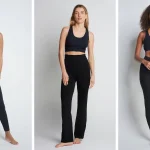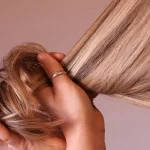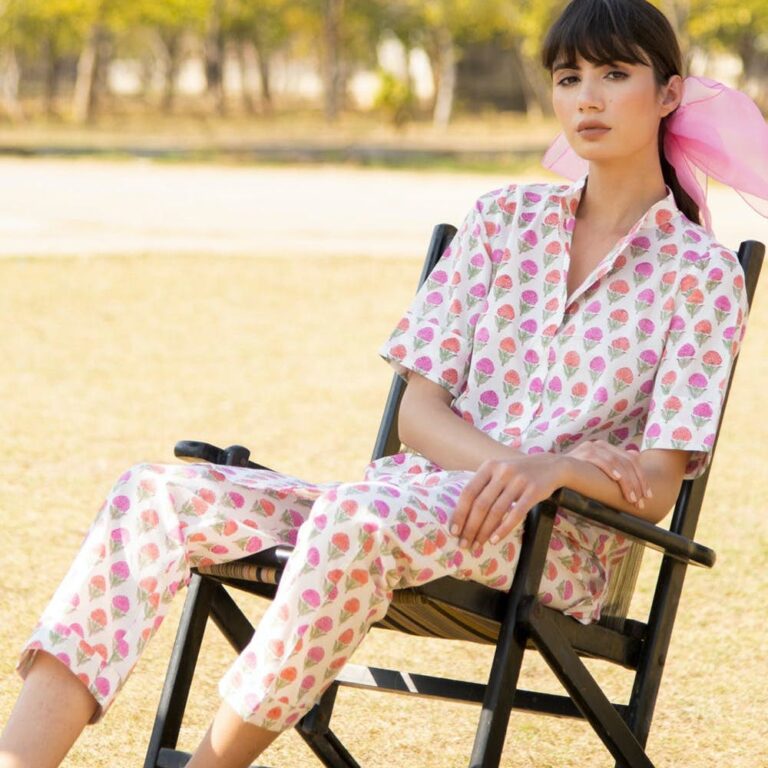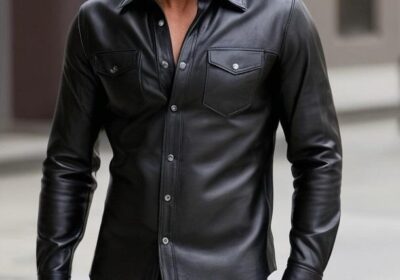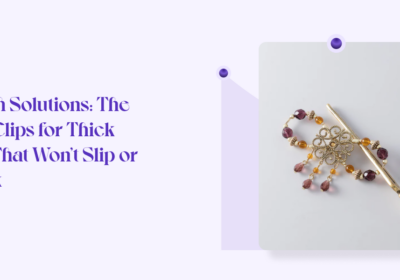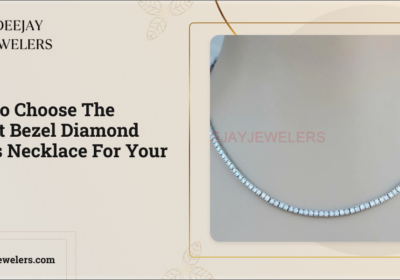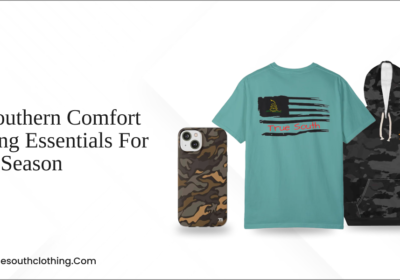
The Embroidery Basics for Beginners
It may seem boring to some, but embroidery is actually fun and fascinating to practice. It gives you limitless creative options similar to how painting does. The only difference is you’ll be using a needle and thread instead of paint to convey your ideas.
Even if you have no prior experience with stitching or have never encountered a custom embroidery service, this guide will help you understand it better. Read on to learn more about embroidery basics.
Things You’ll Need for Embroidery
Here is a list of basic tools that are crucial in embroidery. Each of these items should be included in your embroidery kit.
- Stitching Hoop
When embroidering, stitching hoops help maintain taut fabric tension. This tool is crucial; it will be extremely difficult to stitch designs without it. Aside from that, it helps you avoid pulling the fabric and causing ripples as you sew. - Needlepoint Scissors
Smaller than regular scissors, these are made specifically for embroidery and have short, sharp blades that cut through thread with ease. They usually come in quirky or timeless designs, but the most common look is a silver, pointy pair of scissors with a small finger-hole handle. - Needles
Long-eyed needles are a staple tool used in embroidery. The elongated hole, or the “long eye”, makes it easy to pass a thread through the needle. For hand-sewn embroidery, it is recommended to choose size 7 or 9 needles for ease and comfort. - Threads
You can use a variety of threads, but those made with stranded cotton are the most popular. Six strands make up the length of the thread; you can use as many strands as you like depending on how dense you want the embroidered patterns to be. - Textile
It is recommended to embroider on a tightly woven piece of fabric to prevent your stitches from blending in with the fabric’s threads. Fabrics used in embroidery are commonly made of cotton or linen. Still, you can use other materials as long as they are finely knit together.
Properly Setting Up an Embroidery Hoop
There are many different types of embroidery hoops, but circular wood or plastic ones are the most commonly used. To set them up, cut a fabric square that is just a bit bigger than your hoop, remove the screw from the top of the outside hoop, place the piece of cloth over the inner hoop, then push and attach the outside hoop back onto the smaller one.
The textile will get sandwiched between the two hoops, which you can then pull to make the fabric taut. Once the cloth is firmly placed, you can fully tighten all the hoops. Once you have cleared these instructions, you can now start stitching your designs.
Simple Embroidery Stitches for Starters
If you have little to no knowledge of what stitches to use for embroidery, here are three basic embroidery stitches to start with.
- Running Stitch
A running stitch, the most fundamental embroidery stitch, helps define the details in your design. Start by pulling your threaded needle upward through the fabric to make a running stitch. Once the needle and thread are through, you can proceed to weave under and over the fabric as many times as needed. Don’t forget to tie a knot on the thread to stop it from entirely passing through the fabric. - Backstitch
The backstitch produces a single line of thread as opposed to the running stitch. It works well for words or design outlines. To start, insert the needle into the fabric, make one stitch, then re-insert the needle. Pull the needle up and return it to the end of the first stitch. This creates a backstitch and this can be repeated as necessary. - Satin Stitch
Lastly, you can fill in shapes with supple stitches using the satin stitch. This method uses a simple side-by-side stitching pattern. You start with a single stitch, then press your needle up and down once more, this time trying to stay as near to the initial stitch as possible. Using this technique, you can add as many stitches as necessary to produce the desired shape.
These are a few stitching basics to help you sharpen your embroidery skills. If you want great commercial-grade stitched designs for merchandise, reach out to a custom embroidery service company. They can provide high-quality embroidered products like custom t-shirts and bags.



